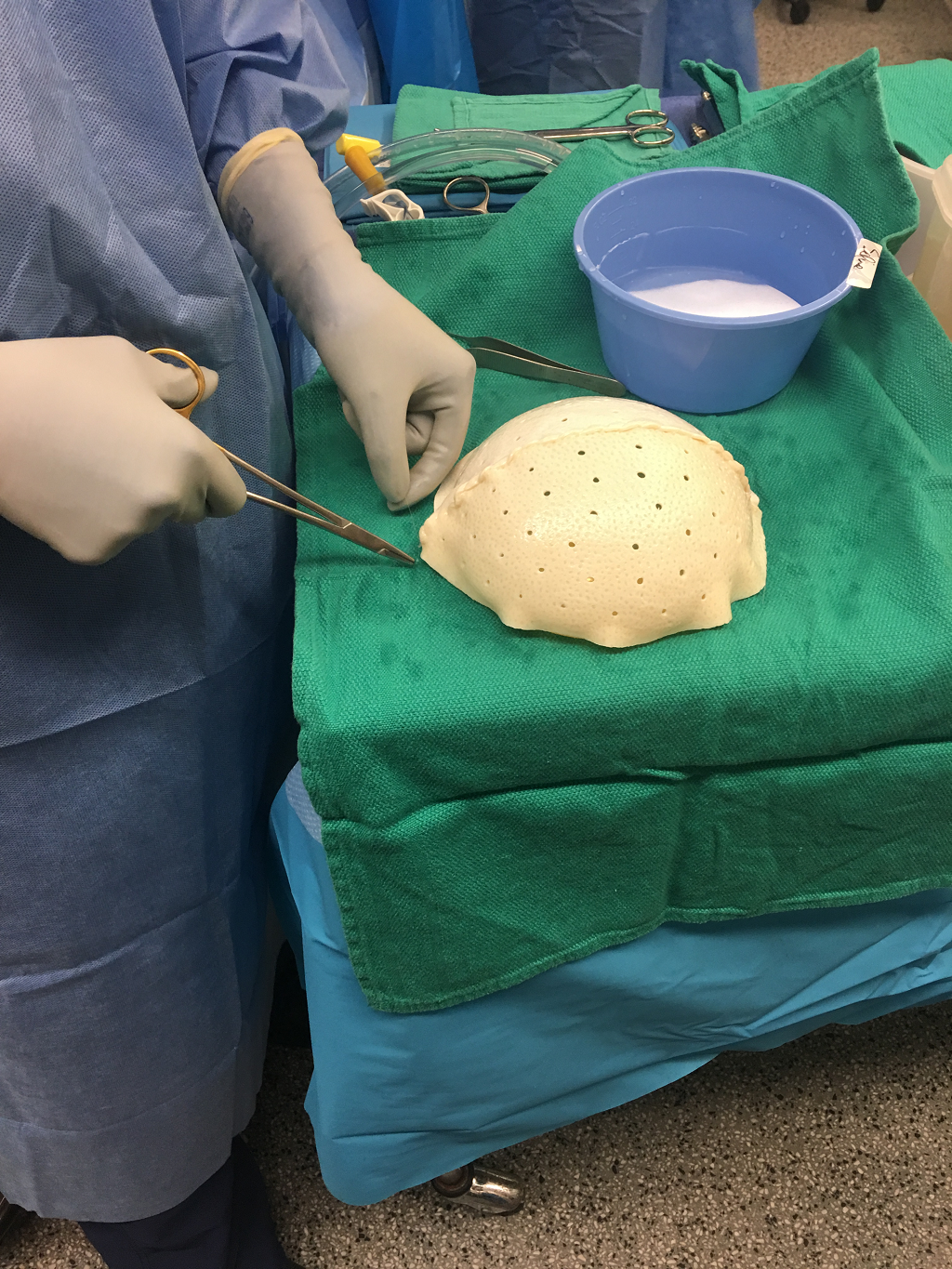
Pre-Pectoral Breast Reconstruction

Switching to pre-pectoral (“over-the-muscle”) breast reconstruction: how to fix chest wall hyperanimation
Up until the last few years, most women who had implant reconstruction after mastectomy typically had their implants placed under their chest wall muscles. Now, however, we know that women can get great reconstruction results with implants placed over the chest wall and covered with a soft tissue supportive matrix such as AllodermÒ. The benefits of this approach are more natural looking results, less chest wall pain, and most importantly, complete elimination of “hyperanimation deformity,” which is the appearance of the muscle and implant moving up with chest movement that many women with implants under the muscle experience. This is where knowledge of pre-pectoral breast reconstruction is useful.
For women who have hyperanimation after implant reconstruction below the muscle, here are some answers to help you think about how best to fix it:
How does switching to pre-pectoral reconstruction help with hyperanimation?
Switching the implant from under- to over-the-muscle involves freeing up the chest wall muscle from the overlying breast skin and sewing it back in place to its normal position on the chest wall. By doing this, when the chest wall contracts, it is no longer visible because the implant and the soft tissue supportive matrix are now sitting underneath the breast skin and in front of the chest wall muscle. Studies show that 100% of women who have their implant switched to the over-the-muscle position have their hyperanimation fixed.
What is the recovery like after the surgery?
Because the new implants are placed over the muscle, women have little discomfort from the surgery and can go home the same day. Typically drains are placed during the surgery and removed around 10 days to two weeks. Once the drains are out, women are free to go back to most of their normal activities and can be back to full exercising by four weeks after surgery.

Is this surgery covered by insurance?
Because this is a reconstructive surgery, insurance companies are required to cover the procedure.
What are the potential downsides to switching to over-the-muscle reconstruction?
When implants are placed over the muscle, they can sometimes be more visible or easier to feel in the upper part of the breast, depending on how much soft tissue coverage women have in that area following their mastectomy. A good way of addressing this is to do fat grafting at the time of the surgery, where fat is transferred from one part of the body (usually the abdomen or thighs) and then placed into the breast to help camouflage the edge of the implant.



